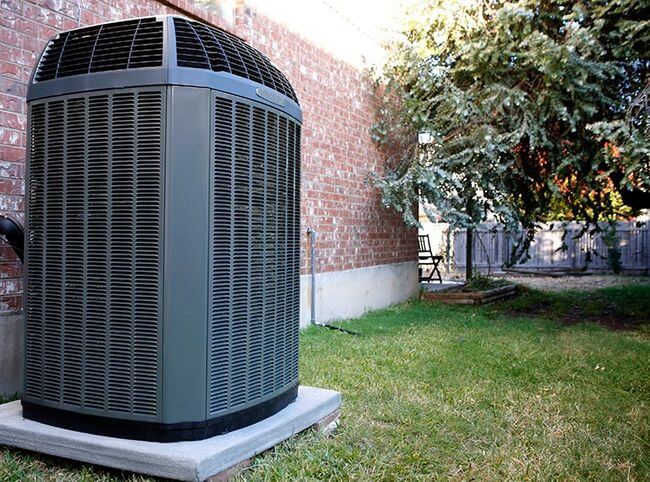Thermal comfort refers to the reasons a person feels hot, cold, or comfortable in an environment. The six factors contributing to thermal comfort create a very personal sense of what it means to be comfortable and why air temperature alone is inadequate for evaluation purposes.
The Six Contributing Factors
Each person’s body runs at a particular metabolic rate which is also affected by how active he is at any time. How much and what type of clothing the individual wears also plays a part in establish temperature. Air current (draft, breeze, etc.), high or low humidity, and/or an object giving off radiant heat affect a body’s interpretation of the sixth factor: air temperature.
Dressing in Layers
Parents tell their children to dress in layers on cold mornings when they walk to school. By lunchtime, kids are bound to become too warm for a heavy coat and mittens, but these can be removed as the day warms up or activity levels surge. Protective clothing at work, however, cannot be removed and can cause individuals to feel uncomfortably warm inside their clothing during the day.
Radiant Heat and Air Velocity
Sources such as a fireplace or oven generally create heat for those who are situated close by. The ability to retreat from radiant heat reduces the chance of overheating. Some might take this opportunity to seek a cooling breeze but that breeze can take too much heat away if one is sweaty or the air current is too powerful.
Humidity
It’s surprising to people from damp, moderate climates when a very hot, dry place feels more comfortable. This is because people cannot sweat if humidity is high; they can’t cool off. Moreover, humidity often turns into rain and the necessity of wearing more clothing which adds to a feeling of stuffiness.
Heat and Metabolism
Some people feel the cold more than others, especially frail or elderly individuals. Their inner thermostat is set differently from that of other people. Although air temperature is the same for everyone, perspectives on the relative comfort of a value differ.
Find out More
Learn more by following us for articles about the use of heating and cooling systems to establish your own thermal comfort.



